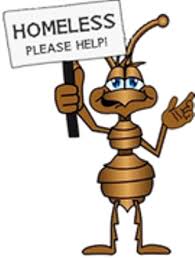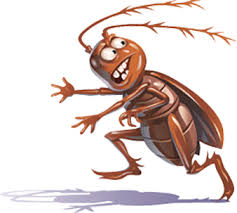 June 2018
June 2018
Well-built and properly maintained properties can last for hundreds of years.
Ensuring a home outlives its current occupants requires that it be protected against wood destroying pests including termites, carpenter ants and beetles.
Moisture attracts these destructive pets. Areas that stay moist after everything else dries up may require repair or replacement. Ants seeking food will be attracted by pooling water. They can cross over trees touching a building and settle where moisture exists. They may arrive on wood products brought indoors.
Wood destroying insects do their damage while feeding on wood. They create tunnels and nesting areas, and spend most of their time inside wood which makes them hard to find. Indications of their existence include small piles of sawdust near wood structures and small pinholes visible on wood surfaces.
Termites are the most prevalent wood destroying insect followed by carpenter ants. Both are a year-round concern although most activity occurs during the spring. Termites have been a growing problem in the Toronto area.
Carpenter ants may be visible during the day. They do most of their damage at night during summer months and can be found where there is moisture in the wood. Carpenter ants are considered the most common destructive insect in Canada. Nature relies on them to chew up wood and turn it into sawdust which becomes compost for new growth. This natural activity becomes destructive when carpenter ants enter a building structure.
Pest issues are often seasonal. They become more severe as temperatures rise and rainfall increases in early or mid-spring.
Condo corporations typically enter a service agreement with a pest control contractor. When arriving on a property for periodic checks, pest control contractors should be provided with a list of known or suspected problems. Condo residents should be reporting suspected problems as noticed so they can be addressed before an infestation worsens or serious damage occurs.
 Most non-professional remedies for pest infestations don’t eliminate the problem. They are more likely to relocate a problem to another area of the building. Pest control professionals employ more permanent solutions that can eliminate problems.
Most non-professional remedies for pest infestations don’t eliminate the problem. They are more likely to relocate a problem to another area of the building. Pest control professionals employ more permanent solutions that can eliminate problems.
Nobody likes bugs in their building. Particularly troubling are those pests that can destroy buildings. While it is impossible to eliminate all pest-related problems, watching for telltale signs and removing as many risk-factors as possible will help to avoid the most serious problems.
Precautions to prevent wood destroying insects
- Ensure trees don’t touch a building
- Repair leaking roofs and damaged decks
- Replace water damaged wood as quickly as possible
- Use only wood that is stained or painted – untreated wood is more vulnerable to pest infestation
- Repair leaking pipes, air conditioning units and faucets on the outside of a building
- Replace weather stripping and loose mortar around building foundations and windows
- Direct water away from buildings using downspouts, gutters and splash blocks
- Where lumber is used, avoid having it make contact with the ground
- Store waste and wood cellulose off the ground and away from the building



